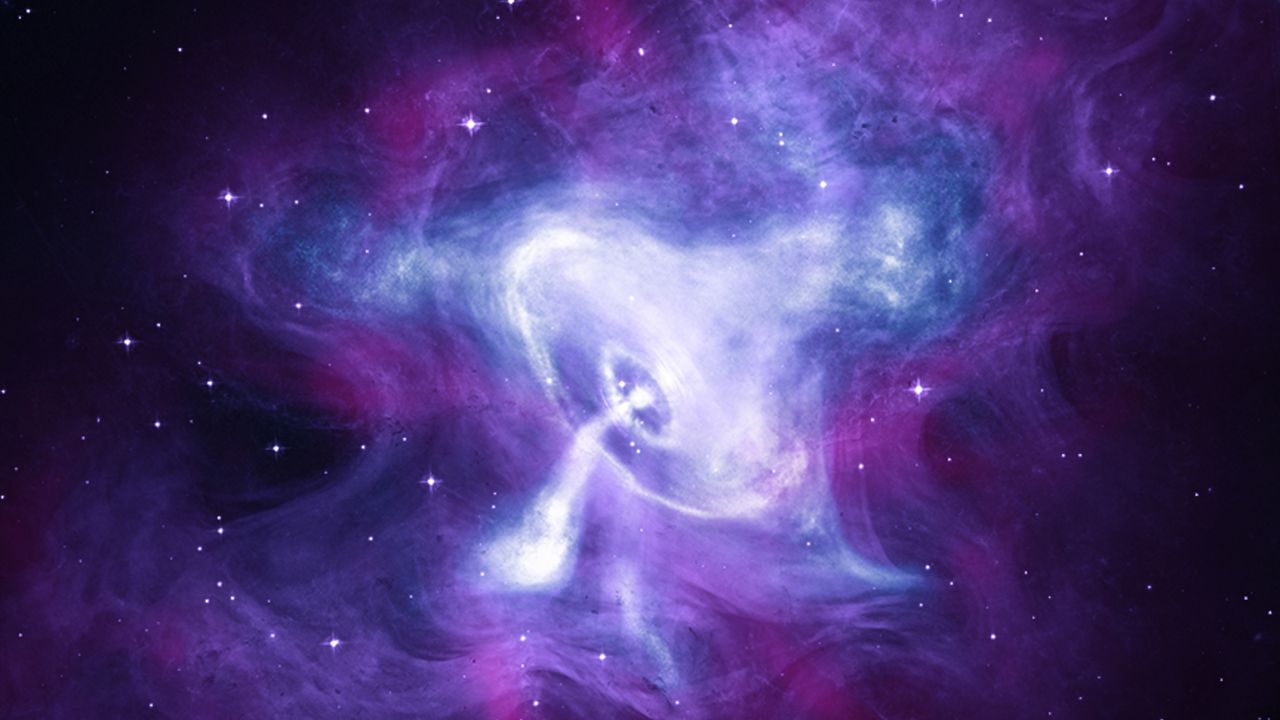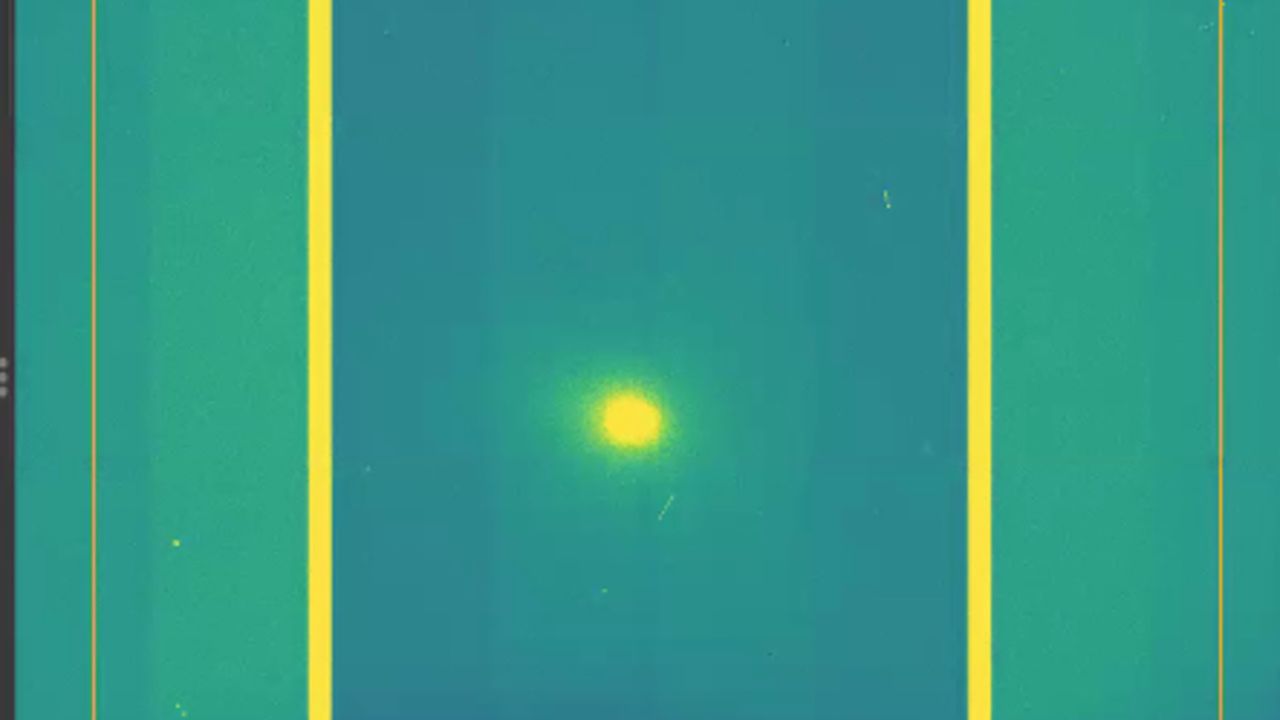How scientists are using spinning dead stars to find ripples in the fabric of spacetime
PositiveScience

Scientists are making exciting progress in detecting gravitational waves from black hole binaries, which could help us uncover primordial gravitational waves from the Big Bang. This research is crucial as it not only enhances our understanding of black holes but also sheds light on the early universe, potentially answering fundamental questions about the origins of spacetime itself.
— via World Pulse Now AI Editorial System

